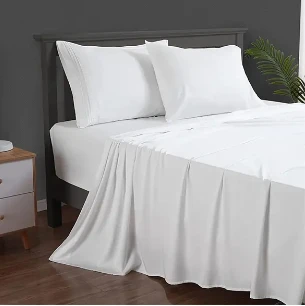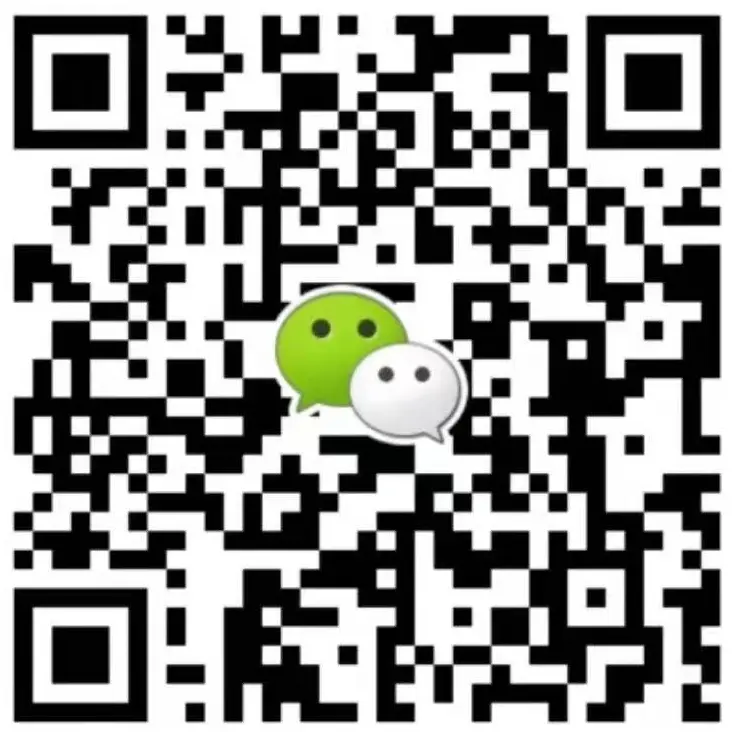Top Home Textile Companies Famous Comfort Home Textile Brands for Quality Living
- Overview of the global home textile market and the emergence of leading home textile companies
- Exploring the evolution and distinguishing characteristics of famous home textile brands
- In-depth analysis of technological advancements driving comfort home textile solutions
- Comprehensive comparison of prominent manufacturers using a data-driven approach
- Bespoke and customizable options in home textile offerings
- Detailed real-world application cases and market outcomes
- Summary on the influence and prospects of home textile companies in the market

(home textile companies)
Global Dynamics Shaping Leading Home Textile Companies
The home textile industry has undergone significant transformation over the last decade, evolving into a $135 billion global market by 2023, according to Statista. This growth is fueled by rising disposable incomes, booming urbanization, and a consumer shift toward personalized home aesthetics. As a result, home textile companies have not only surged in numbers but also in diversity, catering to wide-ranging consumer tastes across continents. The sector encompasses a variety of products: from bed linens and bath towels to draperies and upholstery textiles.
Leading companies are differentiating themselves through innovation, sustainability, and strategic geographic expansions. Emerging markets in Asia, notably China and India, are driving volume, while premium offerings from Europe and North America set trends in quality and design. Investment in eco-friendly manufacturing and smart textiles is becoming a crucial point of competitive advantage, supported by growing consumer consciousness about health and environmental impact.
The Evolution and Stature of Famous Home Textile Brands
Throughout industry history, certain brands have risen to iconic status by blending tradition, craftsmanship, and cutting-edge design. Famous home textile names like Frette, Christy, and Sferra have long set benchmarks in both luxurious comfort and timeless appeal. Their reputation rests not only upon the superior weave count and quality of their materials but also their ability to anticipate and set global trends.
Brand heritage contributes significantly—Frette, for instance, has furnished European royal houses for over a century, while Christy introduced the first industrial towel loom in England in 1850. Modern famous home textile brands leverage this legacy along with relentless commitment to innovation. Collaborations with designers, sustainable textile programs, and expanding product lines—such as antimicrobial and odor-resistant fabrics—have further elevated their reputation and market share.
Technological Advancements Propelling Comfort Home Textile Solutions
Technology has become the cornerstone of comfort home textile innovation. Developments in fiber engineering, such as the introduction of TENCEL™ Lyocell, bamboo viscose, and advanced microfiber blends, have vastly improved softness, breathability, and moisture management. As per the International Textile Manufacturers Federation, global adoption of technical textiles reached nearly 25% of all household textile output in 2022.
Smart home textiles—capable of regulating temperature, repelling allergens, or integrating IoT-driven features—are growing in prevalence. Companies are investing in 3D weaving technologies, digital textile printing, and RFID tagging for anti-counterfeiting and supply chain transparency. In terms of sustainability, waterless dyeing techniques, recycled fiber content, and closed-loop manufacturing processes are revolutionizing traditional modes of production, giving consumers access to both comfort and conscience in every purchase.
Comparing Key Home Textile Manufacturers: A Data-Driven Approach
Below is a comparative table showcasing critical performance variables among world-renowned home textile producers, emphasizing scale, technology, and sustainability practices.
| Company | Global Revenue (2023) | Production Capacity (tons/yr) | Key Technology | Sustainability Index | Certifications |
|---|---|---|---|---|---|
| Welspun Group | $3.5 Billion | 130,000 | HydroCotton, SMART fiber | 8.7/10 | OEKO-TEX®, BCI |
| Trident Group | $1.8 Billion | 105,000 | AirRich Spinning | 8.3/10 | ISO 14001, GOTS |
| Frette | $430 Million | 12,000 | Luxury Italian Weaving | 8.0/10 | OEKO-TEX®, GreenLabel |
| Luolai | $1.07 Billion | 65,000 | Nano-Silk Blends | 7.9/10 | ISO 9001, OEKO-TEX® |
| Sunvim | $630 Million | 75,000 | Zero Liquid Discharge | 8.5/10 | OEKO-TEX®, ISO 14001 |
Sustainability Index: Based on public eco-ratings encompassing responsible sourcing, emissions, water, and waste management.
This comparison reveals the diversity of scale and proprietary technology among top manufacturers, reinforcing the importance of innovation and eco-commitment as key market drivers.
Customization Trends and Bespoke Solutions for Diverse Needs
The rise of bespoke home textile solutions reflects a market increasingly attuned to individuality. Modern consumers and contract buyers (hotels, healthcare, real estate) prefer customization in fabric, pattern, size, and functional features. Companies like Sferra offer monogramming and made-to-measure draperies, while Sunvim's design-to-manufacture digital platforms allow for short-run individualized production without compromising efficiency.
Technological advances, including 3D knitting and direct-to-garment digital printing, have enabled rapid prototyping and on-demand production. This is especially relevant for segments like luxury bedding, where personalized motifs, custom textures, and specialized weaves are highly valued.
The health sector is also benefiting: antimicrobial finishes and hypoallergenic materials can be specified for hospital projects, along with flame-retardant or moisture-wicking options for commercial real estate applications.
Notable Application Cases and Market Results
The demand for high-performance home textiles is manifest in various sectors. For example, following a partnership with Hilton Hotels, Welspun Group saw a 19% year-over-year increase in hospitality segment sales, driven by guest preference for temperature-regulating and pillow menu offerings. Trident Group’s eco-labeled bath towels are now a standard in over 1,800 luxury hotel chains worldwide, attributed to a growing demand for both sustainability and tactile luxury.
In the residential market, Luolai’s 2023 “Intelligent Bedding” campaign resulted in a 27% sales spike in their flagship product lines across China, with consumers citing smart temperature-control as the No.1 feature. Meanwhile, healthcare applications—where comfort and hygiene are paramount—have led to the adoption of smart sensor-embedded sheets in leading clinics, achieving a reported 30% reduction in patient discomfort events according to industry feedback.
Future Opportunities for Home Textile Companies in a Changing Landscape
Home textile companies are poised for continued evolution in a marketplace shaped by sustainability imperatives, digital transformation, and global lifestyle shifts. As consumption trends align more closely with personalization, technological sophistication, and ethical sourcing, these companies must continually adapt. Key future opportunities lie in integrating AI design tools for rapid customization, leveraging biodegradable fibers for circular economy models, and tapping into the burgeoning wellness-driven product category.
With established players reinvesting in R&D and emergent brands disrupting the market with agile models, the trajectory promises exciting developments. For buyers—whether B2B partners or individual consumers—the coming years will reveal a tapestry of choice, comfort, and creativity shaped by the relentless innovation of home textile companies.

(home textile companies)
FAQS on home textile companies
Q: What are home textile companies?
A: Home textile companies are businesses specialized in producing and selling products like bedding, curtains, towels, and cushions. They offer various fabrics and designs to improve home comfort and aesthetics. Many operate globally and cater to both retail and wholesale markets.Q: Which are some famous home textile companies worldwide?
A: Famous home textile companies include IKEA, Welspun, and Springs Global. These brands are recognized for their quality, innovative designs, and wide product range. They have a strong presence in numerous international markets.Q: What products do comfort home textile companies usually offer?
A: Comfort home textile companies typically provide items such as soft bedding, plush towels, and cozy blankets. Their products prioritize comfort, durability, and elegant designs. Many also offer eco-friendly and hypoallergenic options.Q: How can I identify a reliable home textile company?
A: Look for companies with good reviews, respected certifications, and a clear quality assurance policy. Reliable home textile companies often have transparent sourcing and ethical manufacturing practices. Customer service and warranty policies also indicate trustworthiness.Q: Why choose products from famous home textile brands?
A: Famous home textile brands are known for consistent quality and innovative designs. They usually offer better guarantees and customer support compared to lesser-known brands. Their extensive product ranges allow customers to find items fitting their needs and preferences.-
Fire Retardant Blanket for Safe Air TravelNewsJun.20,2025
-
Enhance Your Air Travel with Essential AccessoriesNewsJun.20,2025
-
Elevate Your Air Travel with Comfortable and Stylish AccessoriesNewsJun.20,2025
-
Comfort Textiles for Home and TravelNewsJun.20,2025
-
Best Blankets for Flying ComfortNewsJun.20,2025
-
Unraveling the Appeal of Airline Travel BlanketsNewsMay.23,2025
- Product Categories
- • Hospital Used Fire Retardant Bedding
- • Hotel Textiles
- • Airline Textiles
- • Hometextiles
- • Infant Cloth
- Quick Links
- • Home
- • Products
- • About us
- • News
- • Contact
- Contact Us
-
Tel: +8631187701449
-
Fax: +86 311 8770 1444
-
E-mail: sale@hometex-suntex.com




